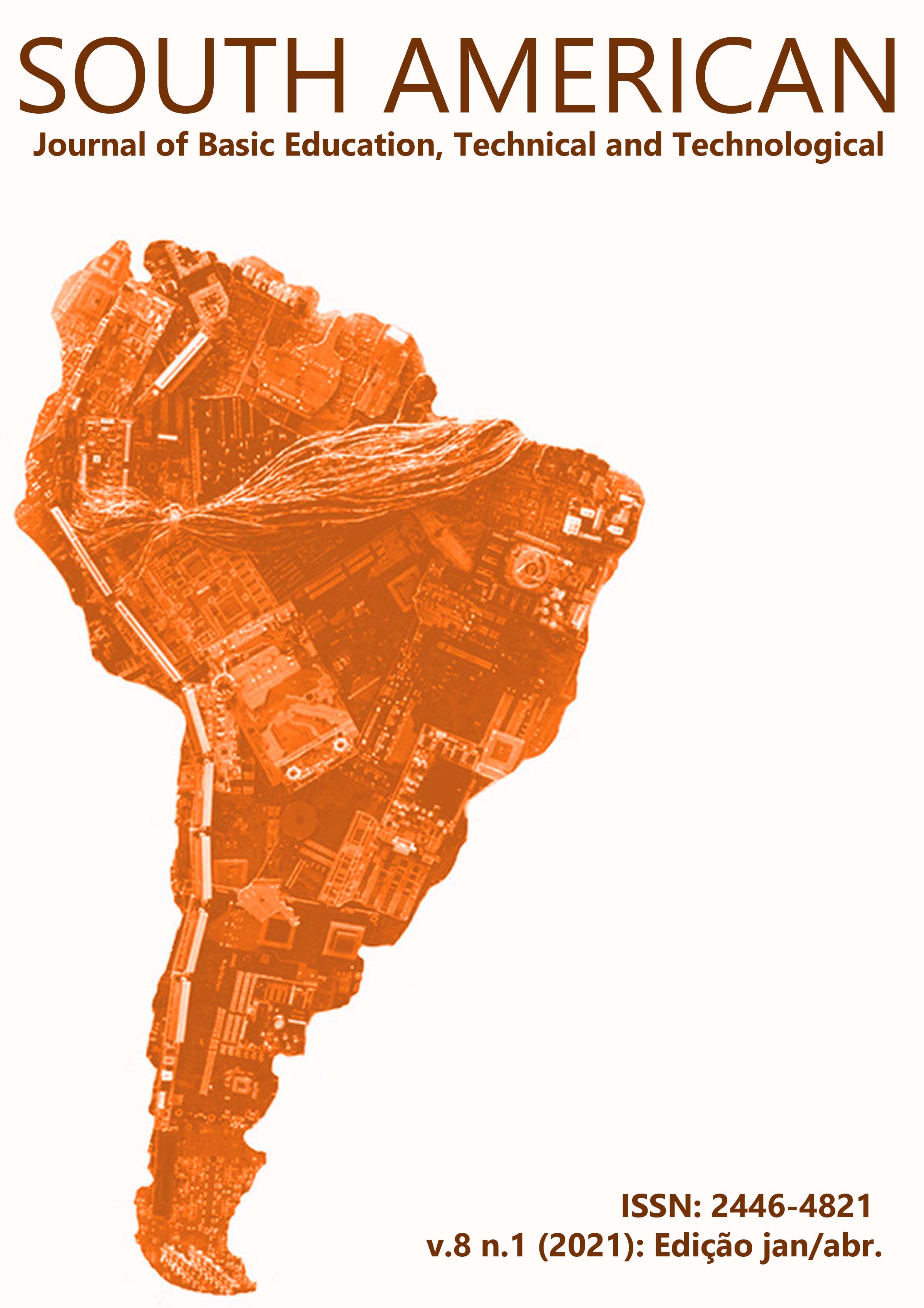FATORES AMBIENTAIS INFLUENCIAM A DISTRIBUIÇÃO DA ASSEMBLEIA DE AVES DE SUB-BOSQUE EM UMA FLORESTA NA REGIÃO DE PLANÍCIE NA AMAZÔNIA SUL-OCIDENTAL
Keywords:
Avifauna, Preditores ambientais, Planícies Amazônicas., Amazônia Sul-OcidentalAbstract
This study investigated the effects of environmental variables on the understory birds in the south-western Brazilian Amazonia through the monitoring of 30 plots of terra-firme forest. The study was based on standardized and spatially integrated protocols, using a modular infrastructure of trails and sampling plots, following the guidelines established by the PPBio (Program of Biodiversity Research in the Amazon). In each plot, a set of 10 mist nets was installed in alternating segments, for the capture of birds between 6:30 a.m. and 12:30 p.m. Fieldwork was conducted in both the dry and rainy seasons, with a total sampling effort of 2,998.8 net-hours. A total of 697 individuals were captured, representing 85 species. According to the multiple regression analysis, bird species diversity in the plots was related positively with the depth of the leaf litter (t = 3.398; p = 0.002), vertical distance to the nearest drainage (t = 1.484; p = 0.150), and the density of trees (t = 3.227; p = 0.003) and palms (t = 2.542; p = 0.018). A negative relationship was found with basal area (t = -1.996; p = 0.057) and the phosphorus content of the soil (t = -1.880; p = 0.070). The results of the present study fill important knowledge gaps in the biodiversity of the Amazonian lowlands. Together with other research in the same region, these findings provide important insights for the creation and effective management of protected areas, as well as the establishment of public policies to mitigate impacts on biodiversity.










